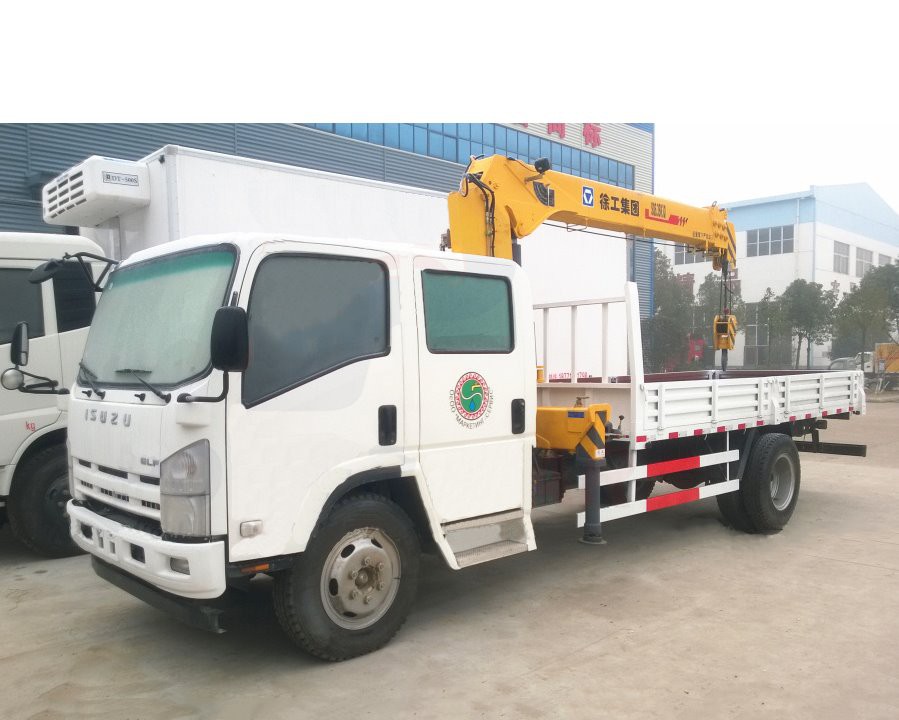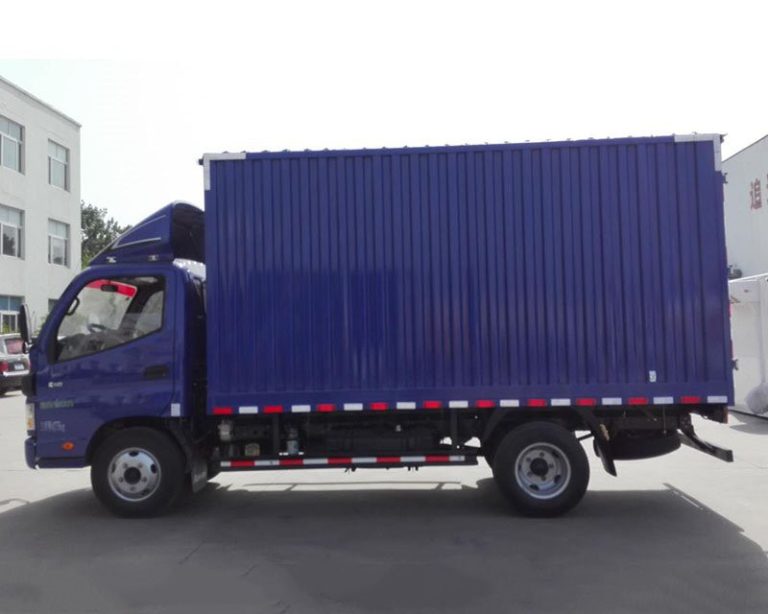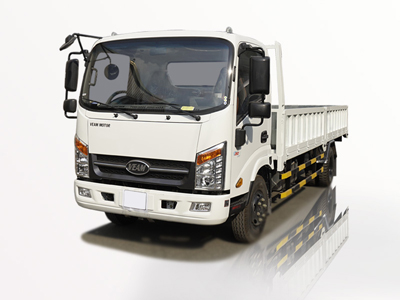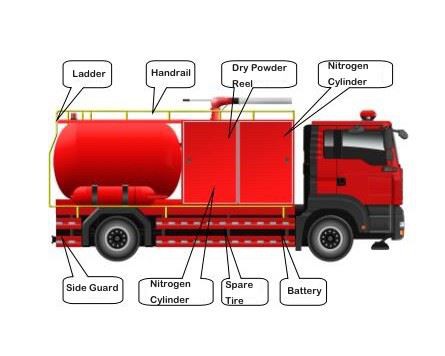Introduction
In the world of energy resources, liquefied natural gas (LNG) and propane stand as two prominent fuels, each with distinct properties, applications, and benefits. As the global energy landscape evolves, choosing the right fuel source is vital for both economic and environmental considerations. This comprehensive article explores the differences between LNG and propane, examining their characteristics, uses, advantages, and potential drawbacks. By the end, readers will have a well-rounded understanding of both fuels, enabling informed decisions for their energy needs.
What is Liquefied Natural Gas (LNG)?
Liquefied Natural Gas (LNG) is natural gas that has been cooled to a liquid state at around -162°C (-260°F). This process reduces its volume by approximately 600 times, making it easier to transport over long distances, especially where pipelines are not feasible. LNG primarily consists of methane (CH4), with small amounts of other hydrocarbons.
Characteristics of LNG
- High Energy Density: LNG has a higher energy content per unit volume compared to gaseous natural gas.
- Non-Toxic and Non-Corrosive: LNG is safe to handle and does not pose health risks during storage and transportation.
- Environmental Impact: When burned, LNG produces less CO2 and sulfur dioxide than other fossil fuels.
How is LNG Produced?
The production of LNG involves several steps:
- Extraction of Natural Gas: Natural gas is extracted from underground reservoirs.
- Purification: Impurities such as water, carbon dioxide, and sulfur compounds are removed.
- Liquefaction: The purified gas is cooled to its liquefaction point using cryogenic technology.
- Storage and Transportation: LNG is stored in insulated tanks and transported by specialized cryogenic ships.
What is Propane?
Propane is a hydrocarbon compound (C3H8) derived from natural gas processing and petroleum refining. It is a gas at room temperature but can be easily liquefied under pressure, which makes it efficient for storage and transport. Propane is commonly used in heating, cooking, and as fuel for vehicles.
Characteristics of Propane
- Versatile Fuel Source: Propane can be used in a variety of applications, from residential heating to industrial processes.
- High Heat Content: Propane delivers a high amount of heat per unit volume, making it efficient for cooking and heating.
- Portable: Propane is typically stored in cylinders or tanks, making it easy to transport and use in remote locations.
How is Propane Produced?
Propane is produced from two primary sources:
- Natural Gas Processing: During the extraction and processing of natural gas, propane is separated and purified.
- Crude Oil Refining: Propane is also extracted from crude oil during the refining process.
LNG vs Propane: Key Differences
| Feature | Liquefied Natural Gas (LNG) | Propane |
|---|---|---|
| Composition | Primarily methane (CH4) | C3H8 |
| State at Room Temperature | Gas | Gas (liquefied under pressure) |
| Production Process | Liquefaction of natural gas | Separation from natural gas and crude oil |
| Energy Density | High | Very High |
| Applications | Power generation, industrial heating, compressed gas | Cooking, heating, automotive fuel, industrial |
| Environmental Impact | Lower CO2 emissions | Lower CO2 emissions compared to other fuels |
Applications of LNG
Power Generation
LNG is increasingly used for power generation, particularly in regions where renewable energy sources are still developing. This application leverages LNG’s high energy density and lower emissions compared to coal and oil.
Marine Fuel
With stricter environmental regulations on shipping emissions, LNG has emerged as a cleaner alternative for marine fuel. Many new ships are being designed to run on LNG, reducing pollutants emitted into the atmosphere.
Industrial Use
Industries that require high-temperature heating, such as metal and glass production, are transitioning to LNG for its efficiency and reduced environmental impact.
Applications of Propane
Residential Heating and Cooking
Propane is widely used in residential settings for heating and cooking. Many rural and remote areas rely on propane tanks, which offer a practical solution where natural gas pipelines are unavailable.
Automotive Fuel
Propane can be used as an alternative fuel for vehicles, known as autogas. This application is popular in fleet operations for its lower emissions and potential cost savings.
Agricultural Use
In agriculture, propane is utilized for heating greenhouses, powering irrigation pumps, and serving as a fuel source for vehicles and equipment on farms.
Advantages of LNG
- Lower Emissions: LNG is a cleaner-burning fuel compared to coal and oil.
- Energy Security: Countries can produce LNG domestically, reducing reliance on imported fuels.
- Storage Efficiency: LNG occupies less space than natural gas, making storage easier.
Advantages of Propane
- Versatility: Propane can be used in a variety of applications from residential heating to industrial processes.
- Ease of Transport: Propane can be easily stored and transported in cylinders and tanks.
- Higher Heat Value: Propane provides a higher heat output per unit than natural gas, making it efficient for heating and cooking.
Challenges and Limitations
Challenges of LNG
- Infrastructure Required: LNG requires significant infrastructure investment, including liquefaction plants and regasification terminals.
- Vulnerable to Price Volatility: The price of LNG can fluctuate due to market conditions, impacting its affordability.
Challenges of Propane
- Limited Natural Sources: While abundant, propane availability depends on crude oil and natural gas markets.
- Environmental Concerns in Production: Extracting propane can result in environmental issues if not managed properly.
Practical Tips for Choosing Between LNG and Propane
Assess Your Needs
Consider your energy requirements, such as heating needs, cooking preferences, and appliance compatibility when choosing between LNG and propane.
Evaluate Availability
Check the availability of LNG and propane in your area. Depending on your location, one fuel may be more accessible than the other.
Consider Environmental Impact
Both LNG and propane offer lower emissions compared to other fossil fuels. However, assess your environmental priorities and potential benefits from using either fuel.
Understand Cost Implications
Analyze the cost of each fuel source, including transportation and storage expenses. This can significantly affect your long-term energy budget.
FAQ Section
1. What are the main differences between LNG and propane?
The main differences include their chemical composition, state at room temperature, production processes, and common applications. LNG is mostly methane, while propane is a hydrocarbon (C3H8) that is liquefied under pressure.
2. Is LNG safer than propane?
Both fuels are generally safe when handled properly. LNG is non-toxic and not flammable in its liquid state, whereas propane can pose a risk if there is a leak, but proper storage and usage significantly mitigate risks.
3. Can LNG and propane be used in the same appliances?
Generally, no. Appliances are designed for specific gases. If you wish to switch from one fuel to the other, you may need to purchase compatible appliances or retrofit existing ones.
4. Which fuel is more environmentally friendly?
Both LNG and propane produce lower emissions compared to coal and oil. However, LNG tends to have lower carbon dioxide emissions when combusted, making it a cleaner option in many cases.
5. How are LNG and propane priced?
Pricing for both fuels can fluctuate based on market demand, production costs, and location. Generally, propane tends to have more stable pricing than LNG, which can be affected by global market dynamics.
6. Can I convert my home from propane to LNG?
While it is possible, converting your home requires significant changes to your gas supply lines and appliances, which can be costly. Consult a professional for guidance specific to your situation.





